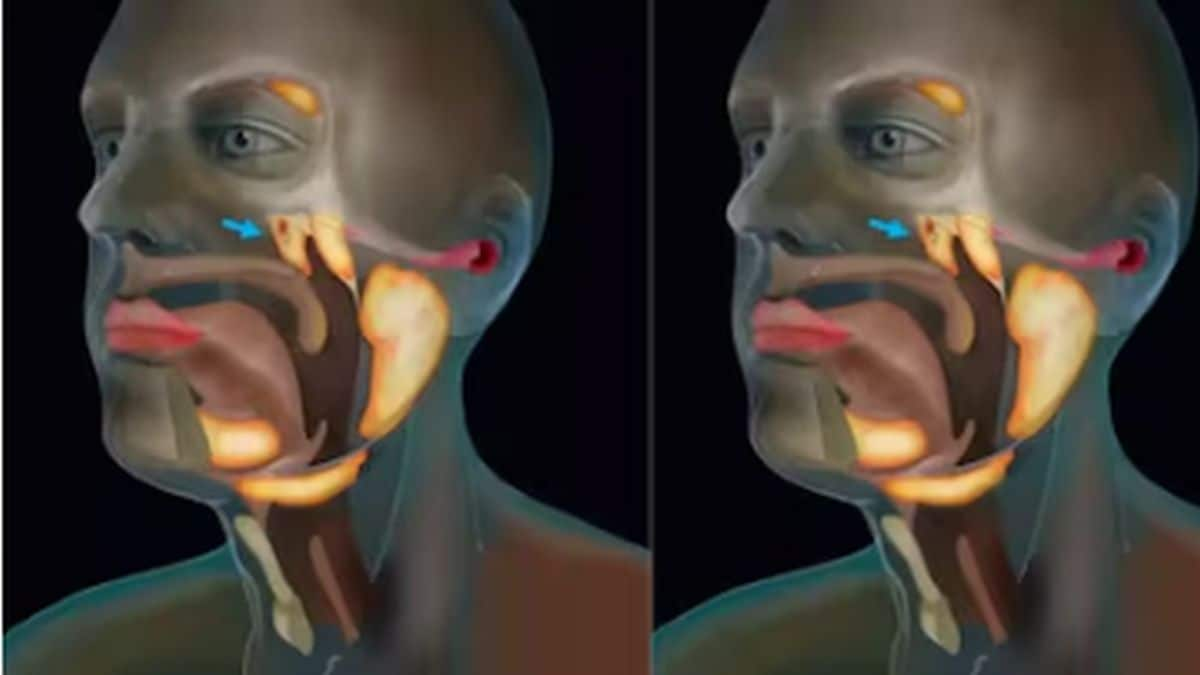A neurological injury is an injury to the brain or spinal cord or even the peripheral nerves and has devastating consequences on the sufferer. These can be acquired or could be the result of a trauma. (India is currently the “head injury” capital of the world). Paralysis, or inability to move ones’ limbs to desire, is one the major fallouts of a neurological injury. The thre most common neurological injuries are brain stroke, spinal cord injuries and traumatic brain injuries. Those individuals who survive a neurological injury have to deal with the consequences of it for years to come. They and their families have to adapt to the fact and accept that life will in all likelihood not go back to being “normal”. After discharge from the hospital begins the journey of Neurological Rehabilitation and the path to finding a “new normal”. Hours of therapy (movement therapy- whether physical or occupational therapy) have to be put in during the “golden period”. This is usually the first 3-6 months’ post-event- since recovery is at its peak at this time. When a neurological injury occurs chances of healing of the damaged part are slim to non-existent (unlike muscles and bones, neurological tissue does not heal). Then what is recovery based on? Motor re-learning. Or simply put to teach the non-damaged parts of the brain and spinal cord to take over function by sprouting new pathways. This is an oversimplified definition of neuroplasticity that forms the basis of recovery from neurological damage. Just like a child falls several times before they learn to walk fluently and also swimming, cycling, driving and other activities need practice before they are “learnt”- motor relearning takes immense amounts of practice. Practice means repetition. Repetition that is provided by the Brain-Computer interface is far higher in quantity than that which can be provided manually. Brain-computer Interface interprets and translates brain activity into controlled signals of an external device- for example, an exoskeleton. Neurotechnology provides tools that can analyse and interpret brain activity. This has been known for at least two decades. In the late 1990’s a “Locked- in” patient of ALS was able to communicate by selecting letters/ alphabets on screen by eye movements and was able to translate a thought in his brain into a whole sentence. The last 10 years have shown a 500 per cent growth in this field. Neurotechnology is exploding and is expected to be a $17.1 billion market by 2026. Neurotechnology has now moved out of the academic field into the mainstream clinical field and enables re-learning of basic activities of daily living which are lost due to paralysis following a neurological injury such as grasping a potato chip and eating it, walking, dressing and grooming oneself and much more. Assistive exoskeletons are effective clinical tools to improve the quality of life in severely paralysed patients. These are used in daily clinical applications to enhance neuroplasticity which is associated with neurological recovery. Case in example: A young 32-year-old male met with a diving accident and ended up with a severe cervical spinal cord injury which meant that he was paralyzed neck down. Initially, he was unable to even sit by himself and needed to be transported on a stretcher. Once medically stabilised his acute care rehabilitation process began and over a period of 3-4 months he was able to sit supported in a wheelchair. He was made to stand with support and was re-acclimated to the antigravity posture of standing. He was then started on robotic walking or what is known as gait training. This was done on a daily basis for six months. At the end of nearly one year after the original injury, the patient was able to walk with a walker and one person’s assist. He was able to cut his birthday cake without assistance. Without this type of robotic rehabilitation, he would have been confined to a wheelchair and completely dependent on two caregivers for even turning in bed. At the time of discharge hewas practising typing with one finger on a modified keyboard. Robotic rehabilitation for this 32-year-old meant a decrease in the amount of assistance required in several activities of daily living. An ability to stand and walk, not for ambulation but for health benefits that standing and walking confer on an individual (less pressure sores, less chances of decreased bone density and fractures). The biggest advantage of neurotechnology is repetition which enables motor re-learning. A word of caution: robotics or other forms of neurotechnology are not a magical restoration of neurologically damaged parts and should not be portrayed as such. A recent write-up by Liam Drew in Nature (Abandoned: the human cost of neurotechnology failure-December 2022) explores this aspect. At present, there are more pros than cons to robot-assisted rehabilitation and it does seem to be the way of the present and the near future of neurological rehabilitation. Robotics should be used as an adjunct to conventional therapy methods, not as a replacement to human therapists. The author is a Consultant Physiotherapist and team lead in Neurological Rehabilitation, Sir HN Reliance Foundation Hospital, Mumbai. Views expressed are personal. Read all the Latest News , Trending News , Cricket News , Bollywood News , India News and Entertainment News here. Follow us on Facebook, Twitter and Instagram.
Robotics or other forms of neurotechnology are not a magical restoration of neurologically damaged parts and should not be portrayed as such
Advertisement
End of Article


)

)
)
)
)
)
)
)
)



